
T&I News 14 2023…
We had a new item of rolling stock on test at Beamish last week, in the shape of a new-build Stockton & Darlington Railway chaldron waggon.
Below: This is the first vehicle in a rake of stock being constructed for the S&D 200th anniversary celebrations in September 2025, and which will operate with Locomotion No.1 (currently under overhaul in the East Midlands). We’ve been quite involved in this project, which initially hoped to see a number of our Londonderry chaldrons overhauled for use at the event.
However, as the scope grew, and the potential for running over Network Rail, covering the route of the original opening-day run, it became clear that a different solution was needed, in the provision of a suitable train for the event.
Below: This is the alternative to the Londonderry waggon option – a brand new chaldron waggon, complete with brand-new wheels and built around a substantial steel chassis. A few years ago we spoke to North Bay Railway Engineering Services about replacing one of our coaches on the Waggonway, and using steel as a means of preventing the problems we had had, in setting up door locks etc.
The S&D project has given us the chance to see this idea in practice, and there are four/five of these waggons being built, plus one passenger coach. We are going to order one of these waggons as a future tender for Steam Elephant, and also one of the passenger coaches – our Waggonway train now badly needing upgrading.
We therefore teamed up with Darlington Borough Council, NBRES and International Railway Heritage (who in turn are working with partners including Network Rail, the Friends of the Stockton & Darlington Railway, to name just two) to see this project brought to fruition. Once the new train has fulfilled its duties in 2025, it will then operate on a new running line at the Head of Steam Museum in Darlington, going the north east region two early railway rides, within the same county!
The resulting waggon is much better in terms of appearance than the Londonderry waggon would have been, and has been mounted on roller bearings to simplify maintenance and reduce rolling resistance. It shares the same braking system as our own rolling stock at the Waggonway, and coupling arrangements have been made so as to be compatible with all of our early railway rolling stock.
Below: The advantage to Beamish has been the opportunity to share knowledge in the operation of early railway rolling stock, and benefit from the group-development of the new train, and the financial savings that come with a pooled resource. As part of the development work, and rigorous testing process required to operate on Network Rail, the prototype waggon has been brought to Beamish where we will offer the facility for testing, as well as mileage accumulation over the rest of this season. Here Puffing Billy shunts the waggon on its maiden run, following a Fitness to Run examination.
Below: As the Waggonway coaches were due their Fitness To Run examination, the whole train was marshalled so as to observe the new waggon’s performance as part of a train, and being pulled as well as propelled through the sinuous track layout here. The new chaldron has an additional feature compared to our stock, which is a degree of compensation, to ensure all four wheels remain in contact with the track. Our wooden chassied stock has a degree of flex, something not available in the steel chassied version. The new sytem works well and various observations were made of its performance in sidings and on the running line.
Below: A couple of photos taken by one of the operating crew at the Waggonway, showing a different perspective on the testing. Photos courtesy of Luke Griffiths
Another Tramway fiftieth anniversary!
Below:
Dodge Bus
Below: Last weekend I was able to catch up with the volunteers working on the restoration of the Dodge, and thought I’d share some more phots of the remarkable progress they are making. This view shows the overhauled brake assembly (we saw the new brake pipes in a previous post). The bus will be used in passenger service at Beamish, so will have to pass the same inspections as the rest of the passenger fleet, so the brief has been to carry out this work to the highest standard now, so that it can be assured of passing such inspections but also to minimise periods out of service for maintenance once it joins the working collection.
Below: The gearbox has been found to be in very good condition, and is a substantial piece of engineering – perhaps reflecting the design of a tough vehicle for use in harsh conditions.
Below: The steering box has been fully overhauled, including the electrical switching that enables the lights etc. to be operated from the centre of the steering column itself.
Below: Now that the rear and front axle assemblies have been attached to the chassis, work on the engine has now commenced. Initially, this is focussed on stripping it down and starting to obtain replacement parts (that have a longer lead-time for delivery). The engine was overhauled in the 1970s, so it is hoped that the main block and components will be usable again in this project (usefully, a spare block did come with the bus).
Below: Following repairs in the fabrication shop, the rims are now ready for shot-blasting and painting. The wheel centres have been prepared, and the bus will also receive a new set of tyres to enable the chassis to be dropped onto its wheels. This will mark a significant milestone in the project, as well as make the chassis easier to move around the workshop.
Below: Meanwhile, some repairs to one of the current working fleet are underway, with the B-Type receiving attention to the top deck panels.
Tailpiece
Below: It has seemed like a very long time since I mentioned the Crewe Tractor, but after an extensive engine overhaul (disrupted by COVID-19 in 2020 onwards), the Model T has now been reassembled and completed some test laps around the museum.


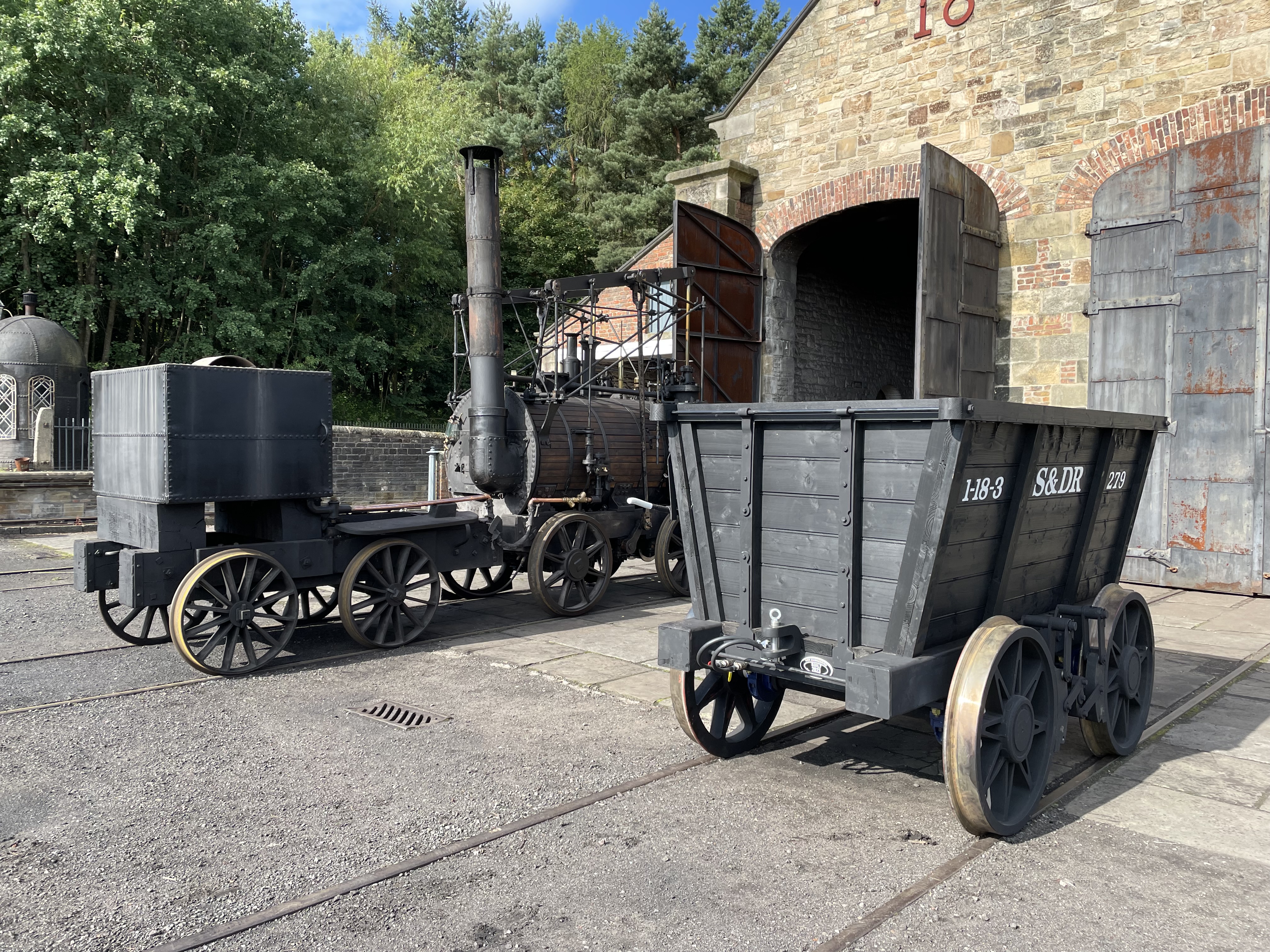
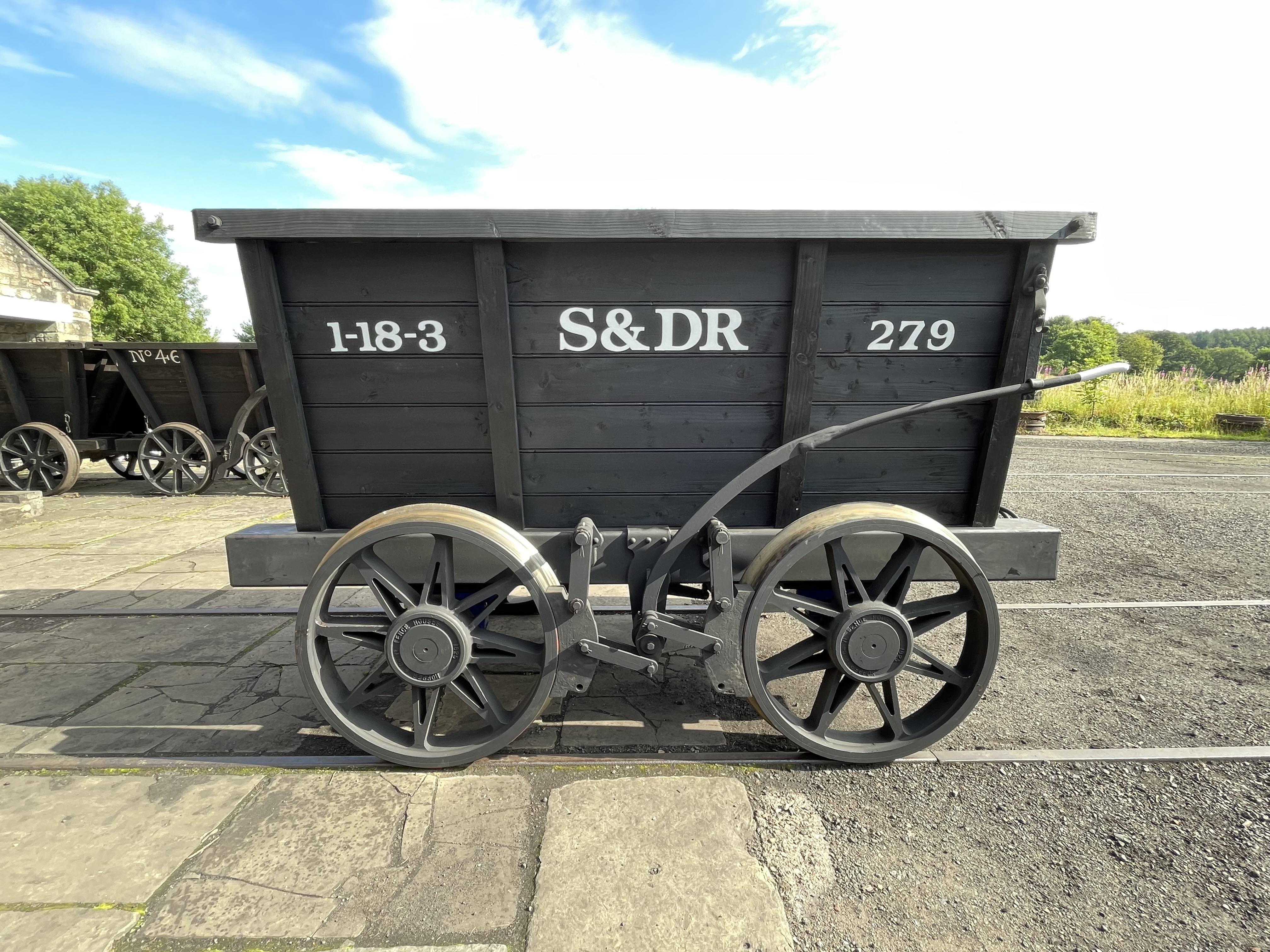
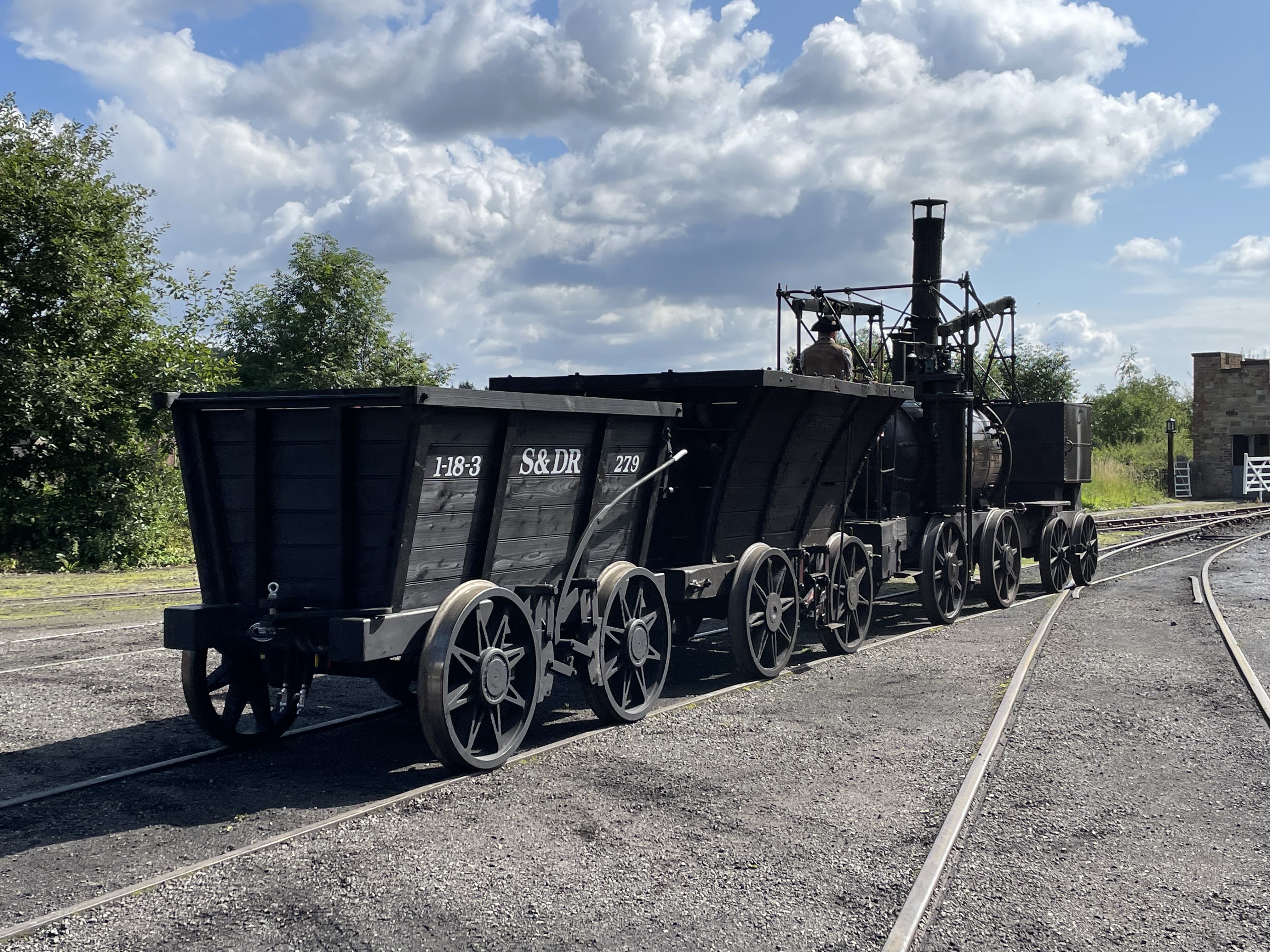




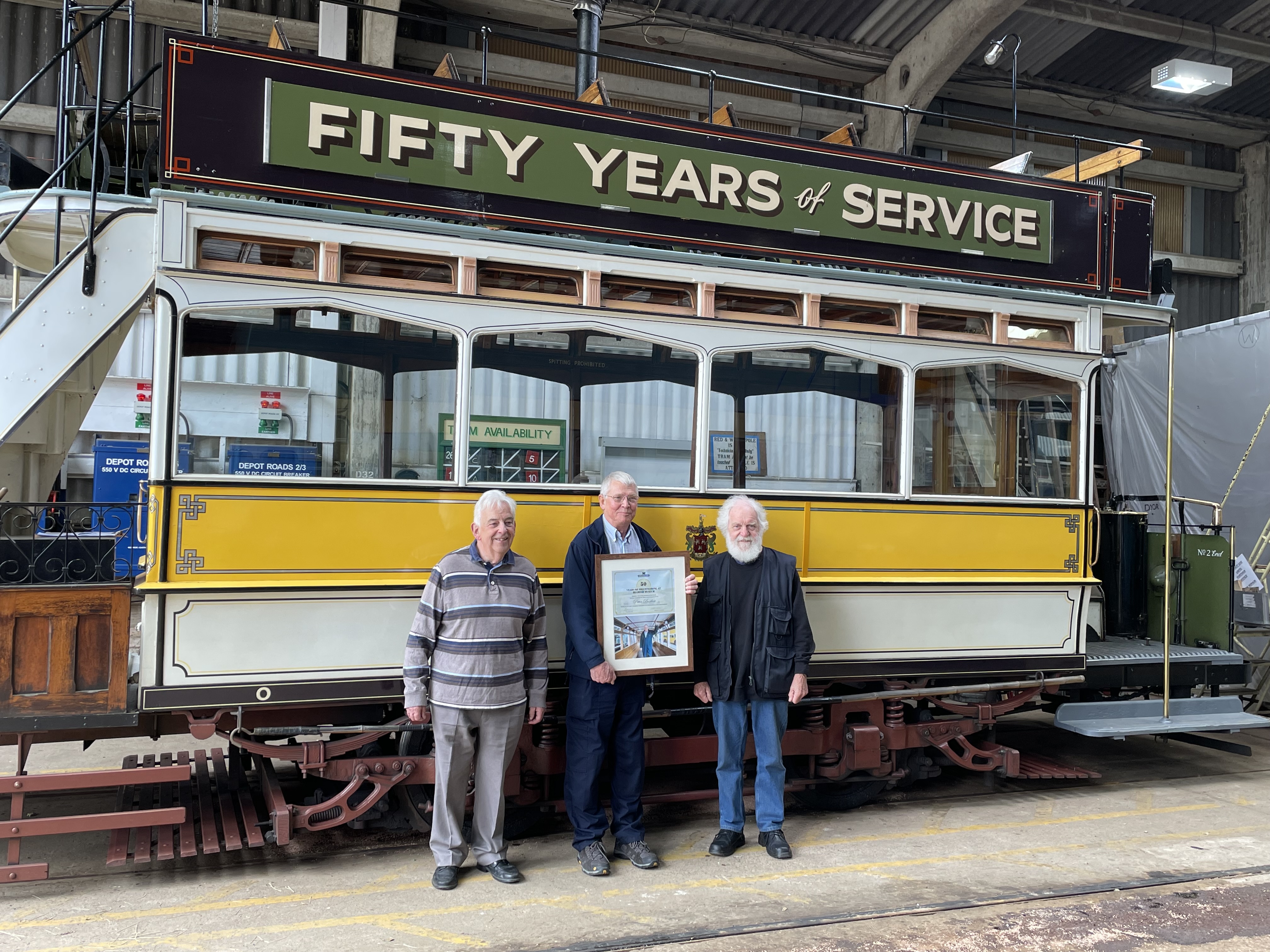
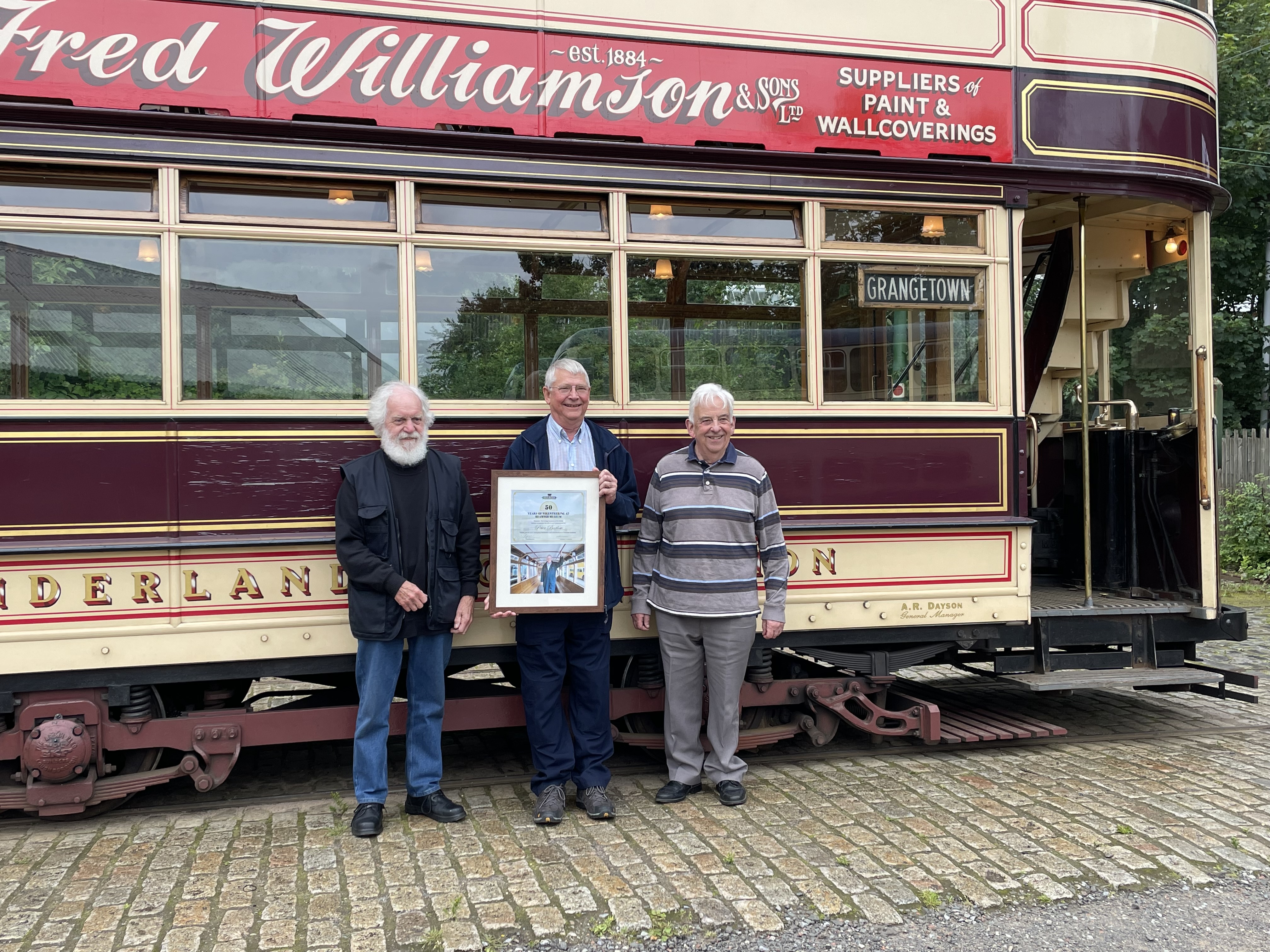
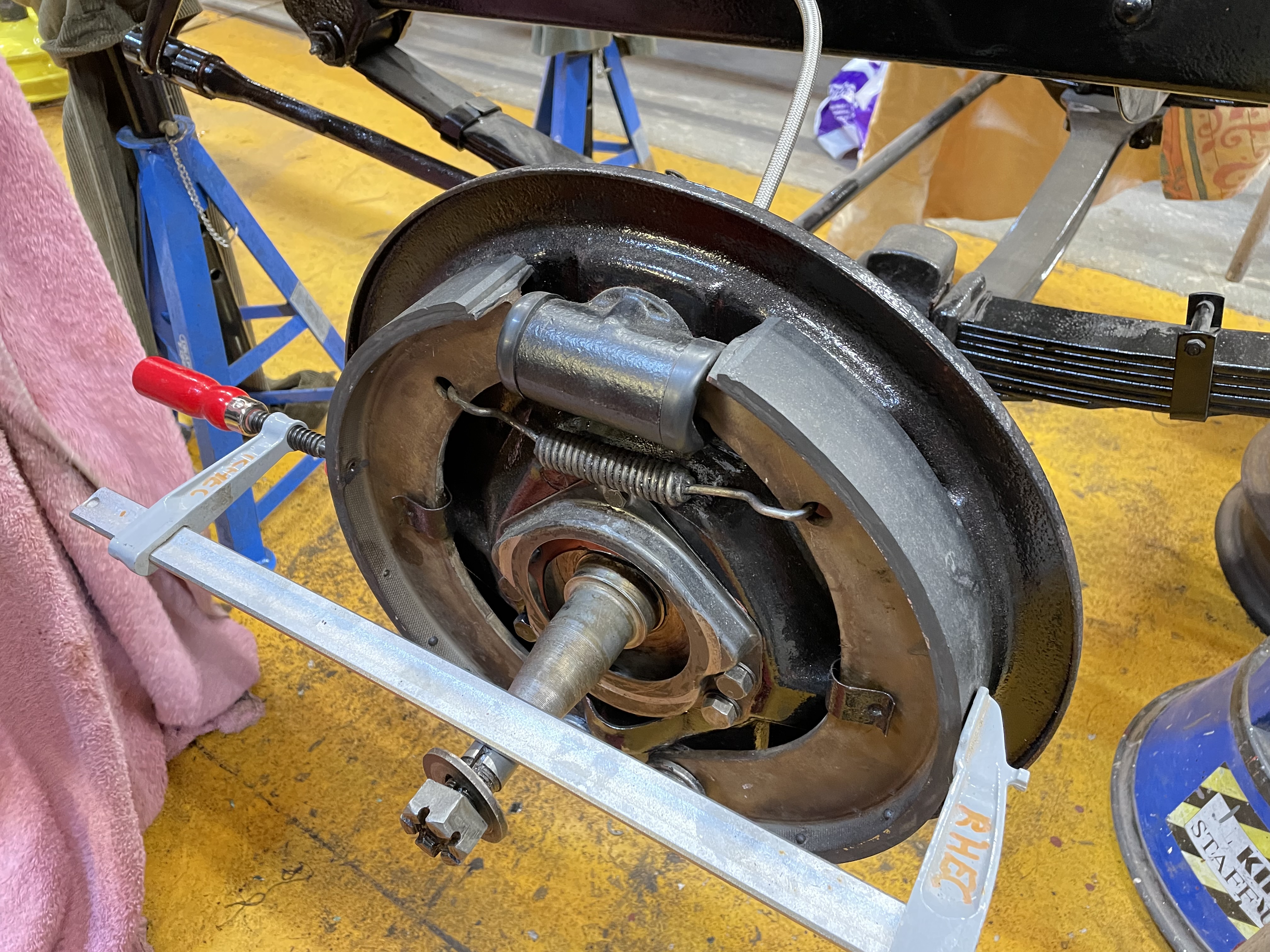

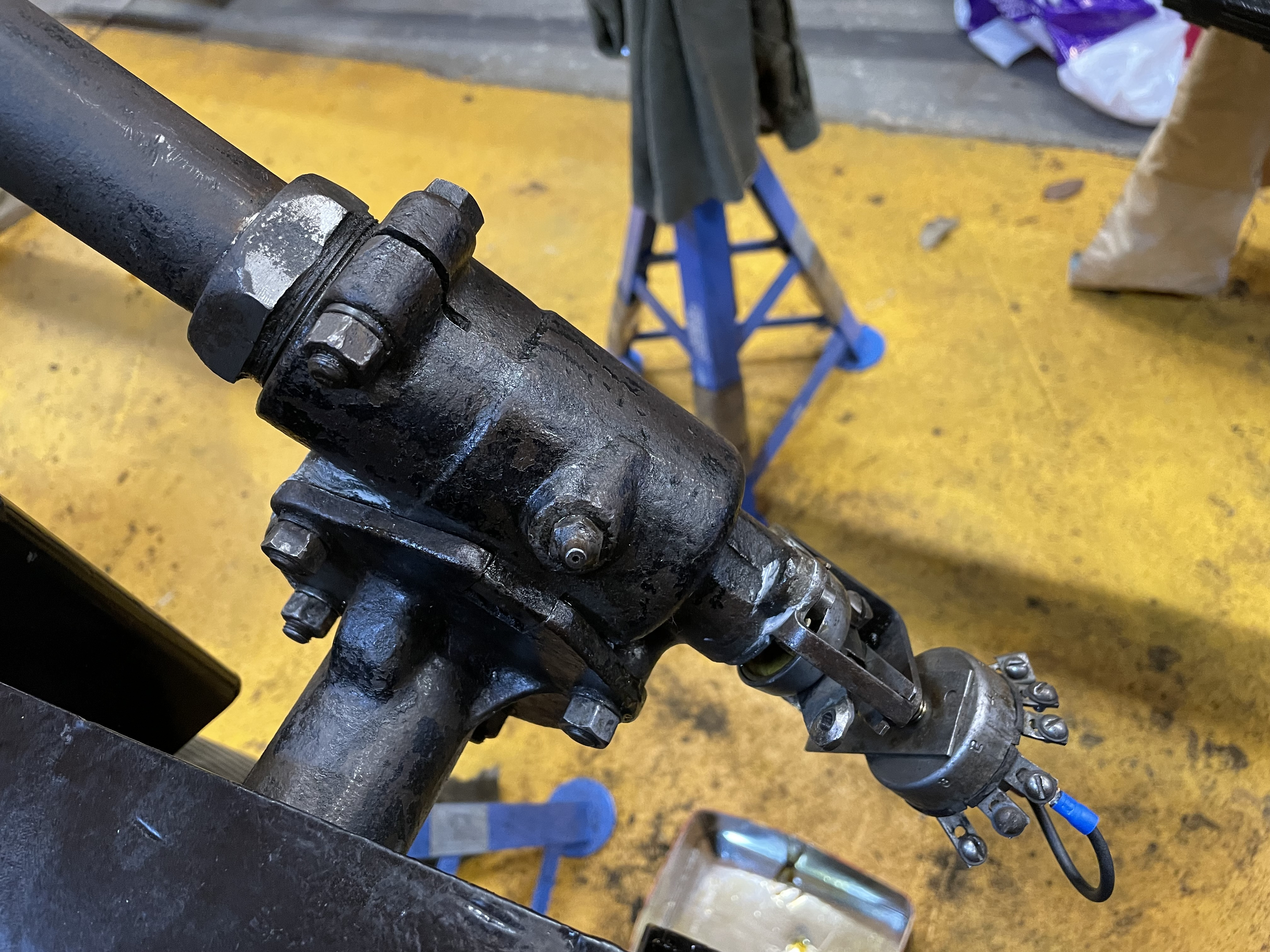
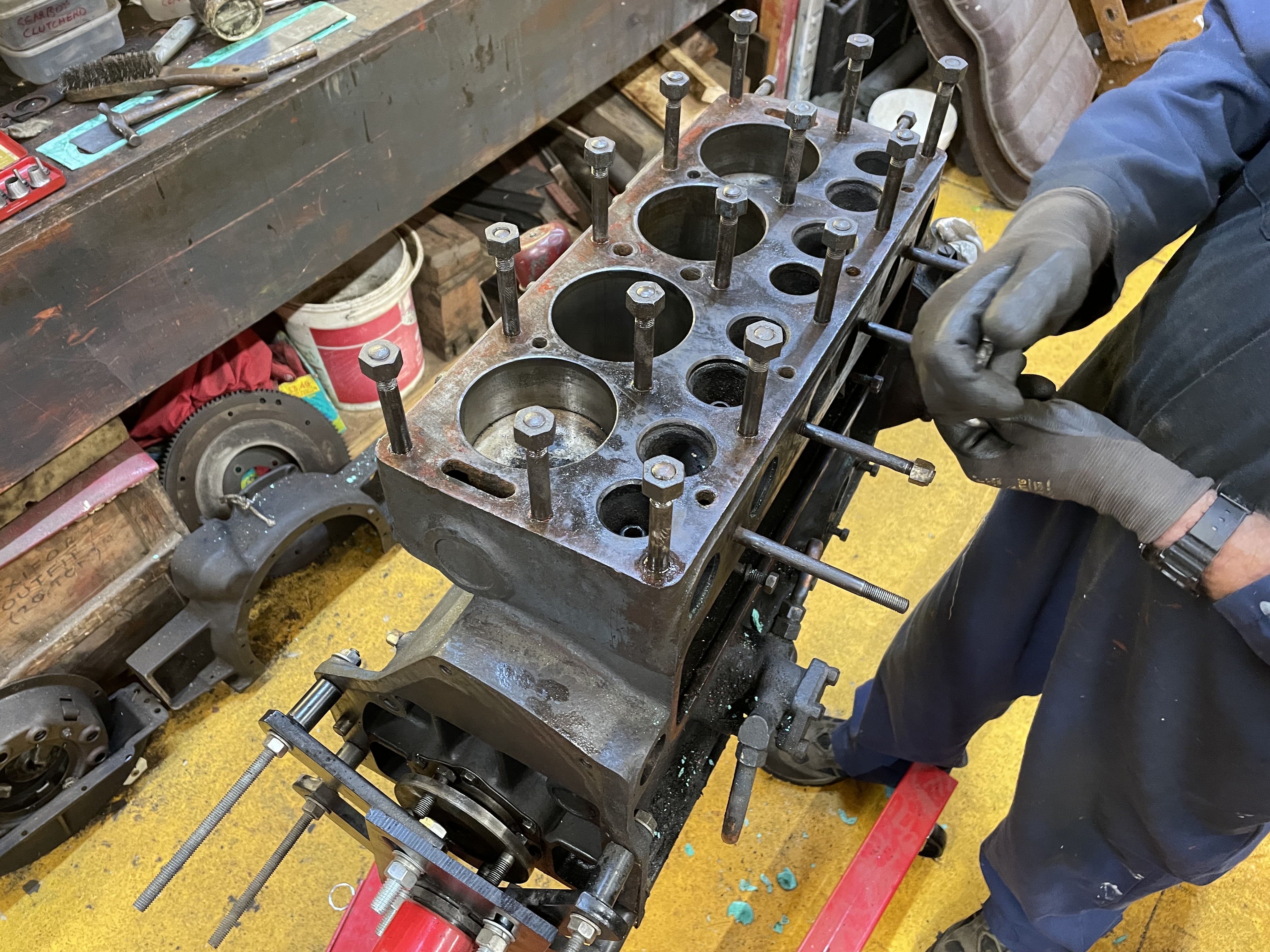

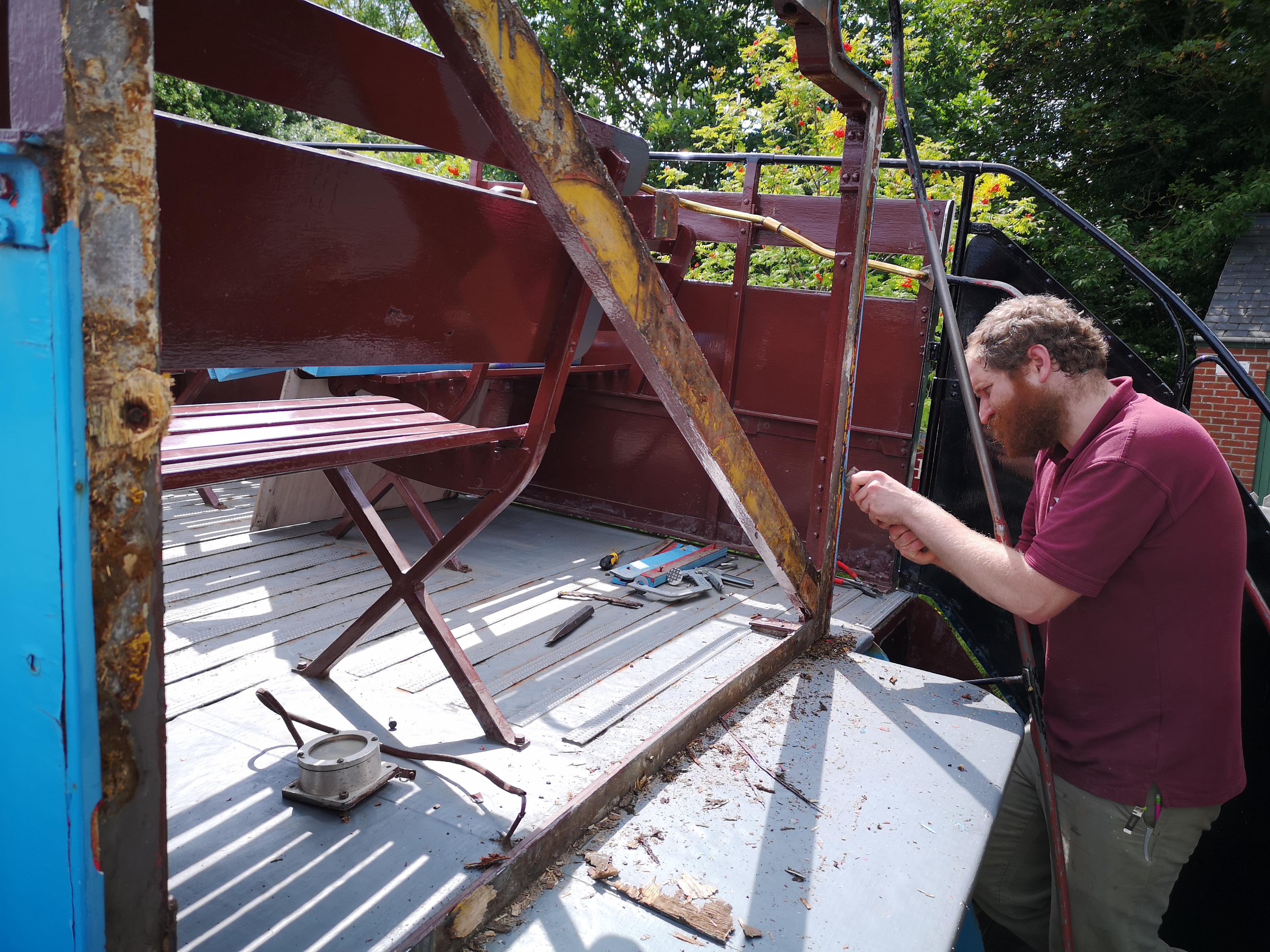
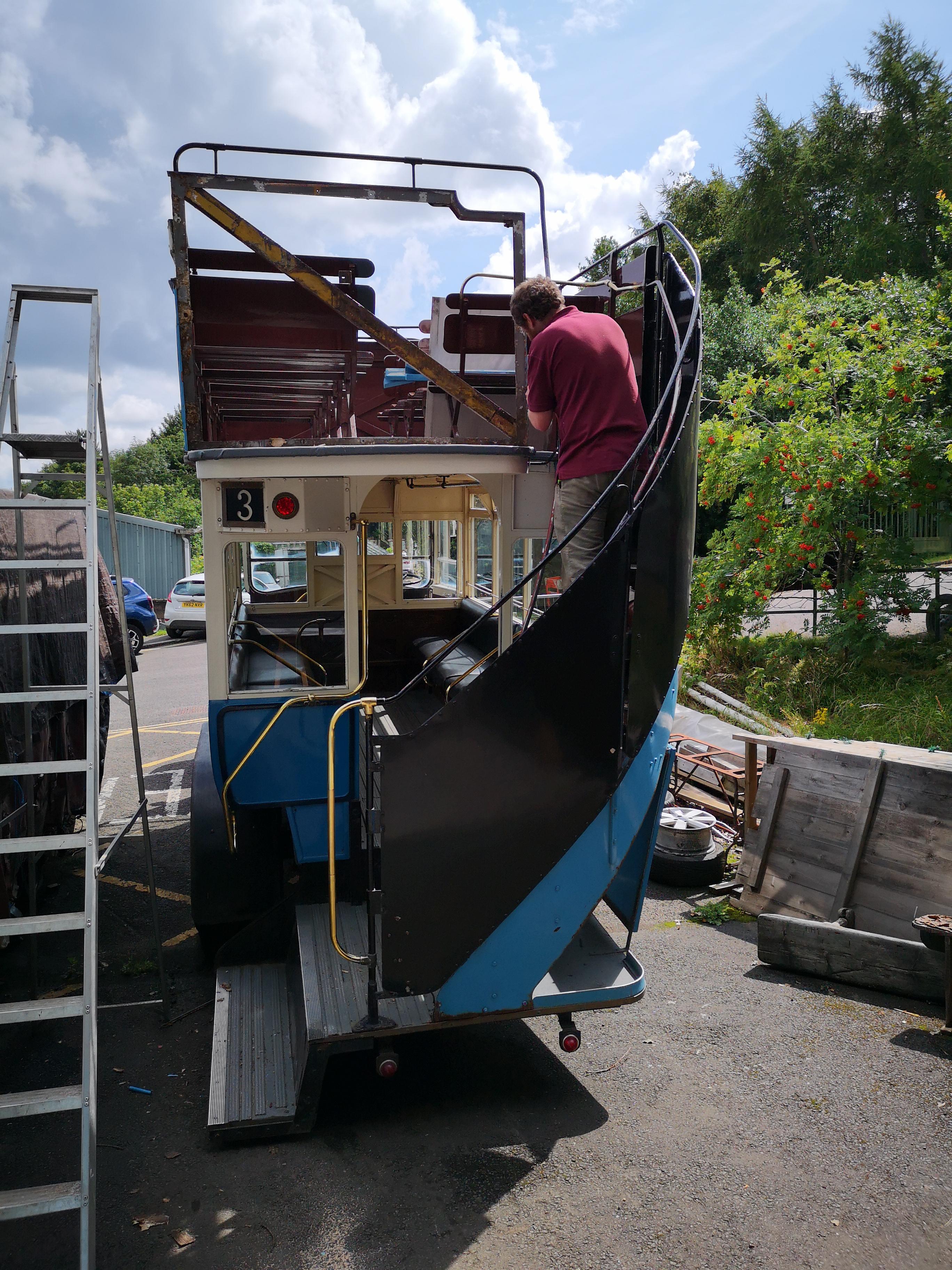






Hi, Can I be reinstated to these newsletters please? I have not had a T & I News since number 9 for this year.
Hi Wayne
I have no means of administering that element – it might need a re-registering for updates completing, but in terms of the user side of the blog, I am somewhat ignorant I’m afraid – the level of posting being about my limit of understanding. A few people have reported re-registering, and that seemed to work in those cases.
Best wishes
Paul